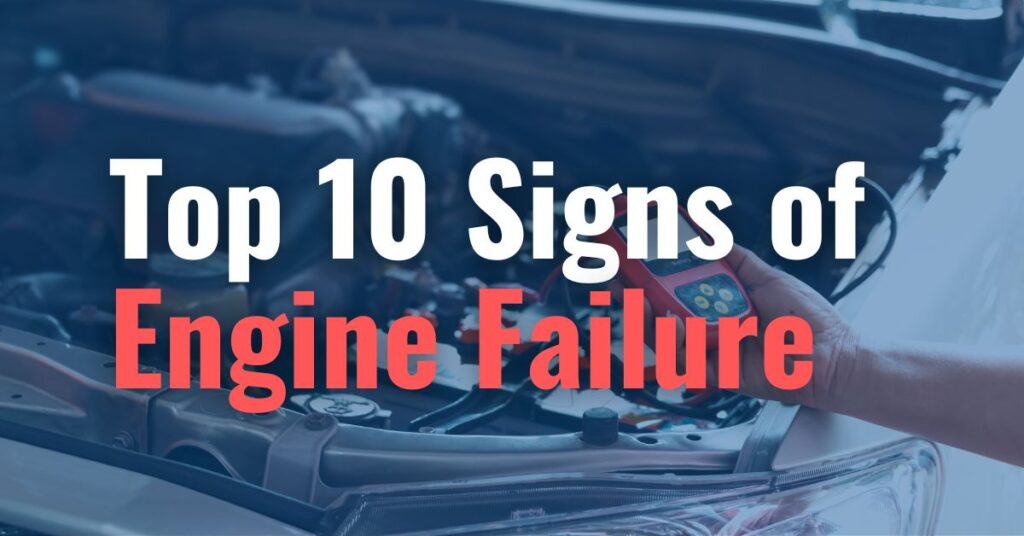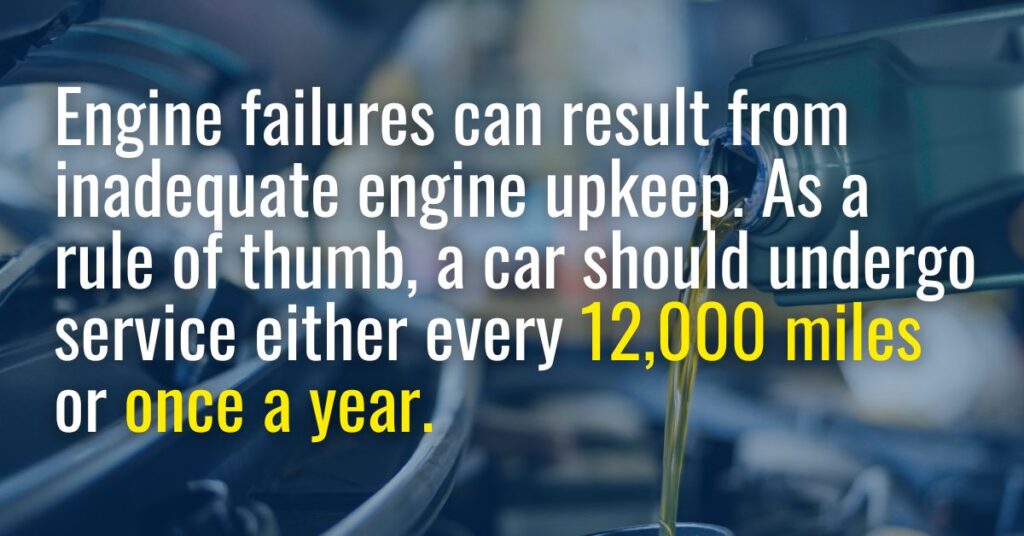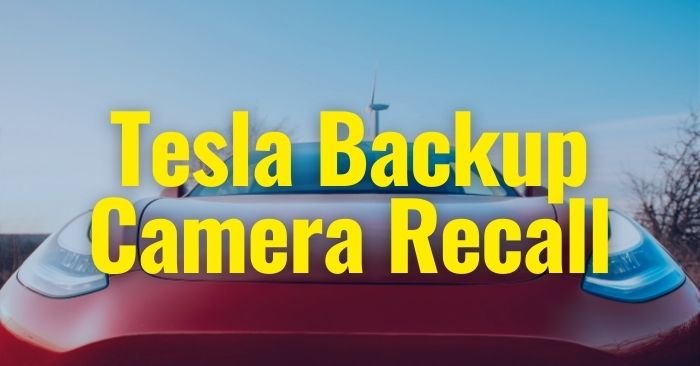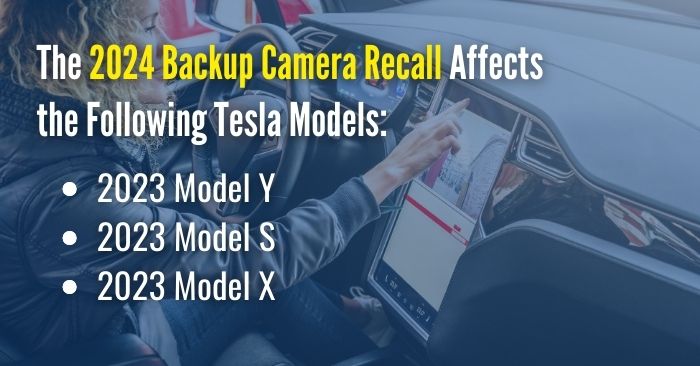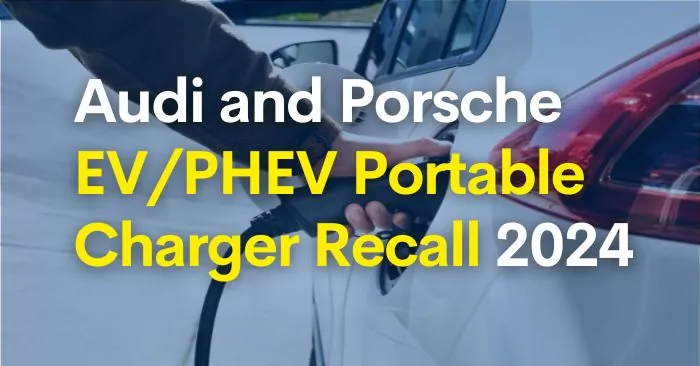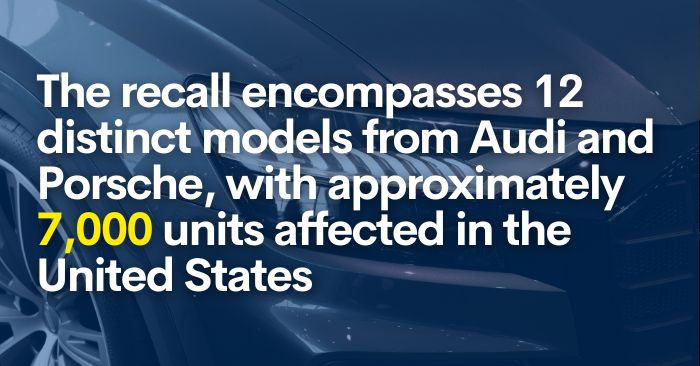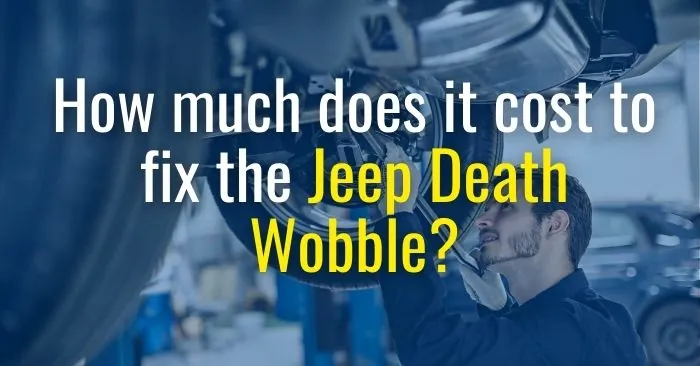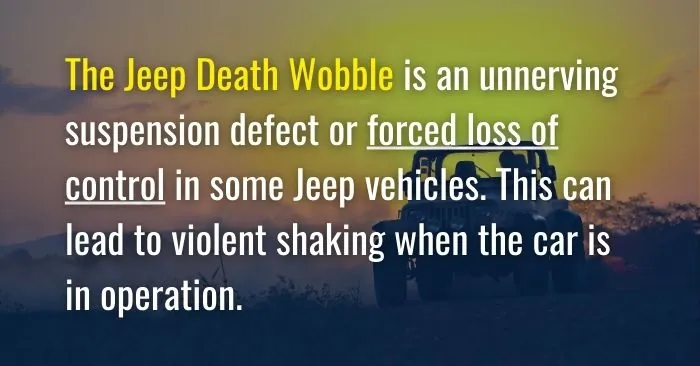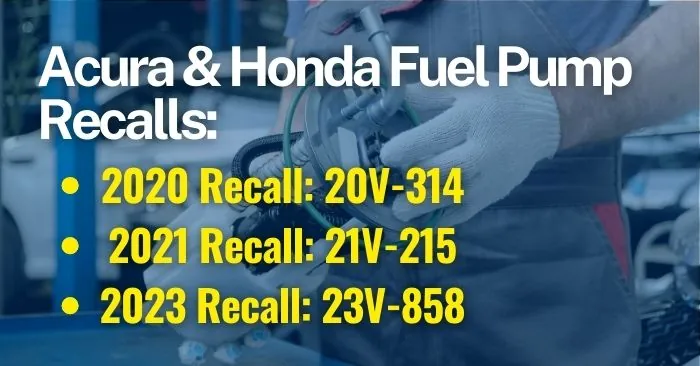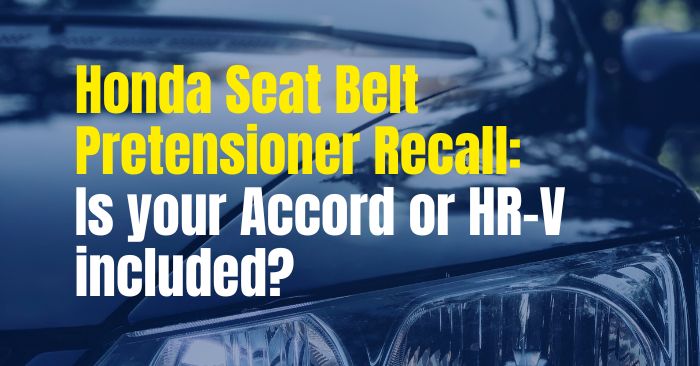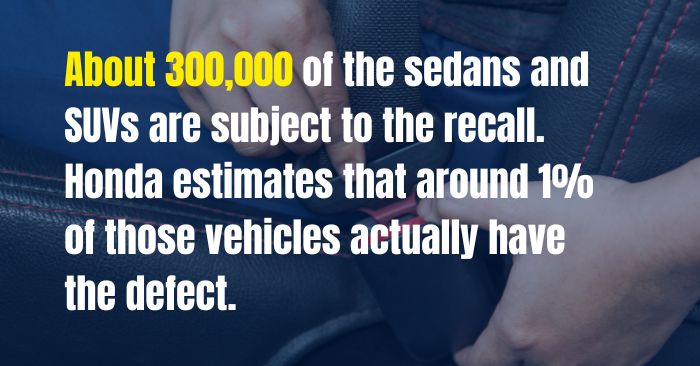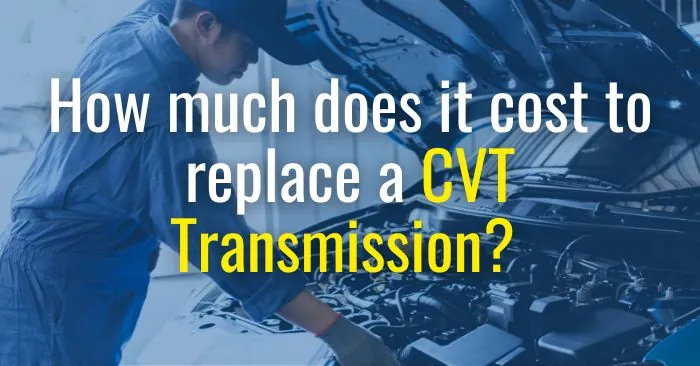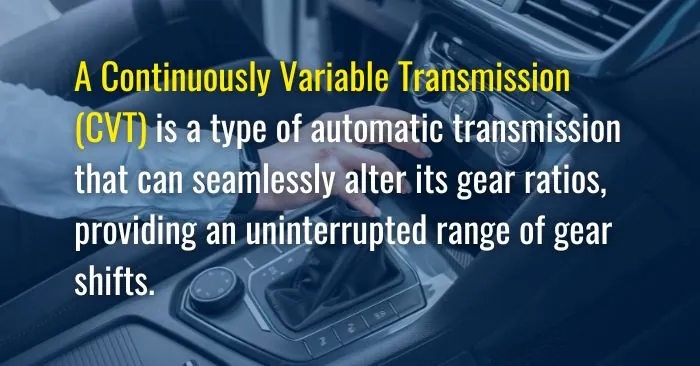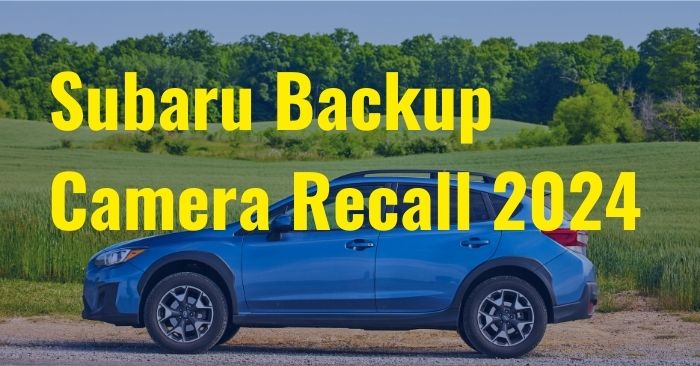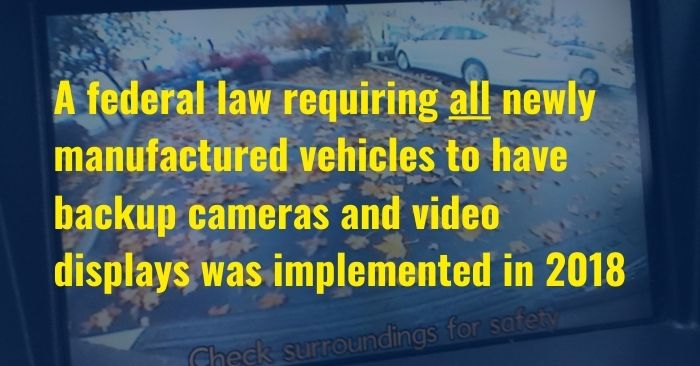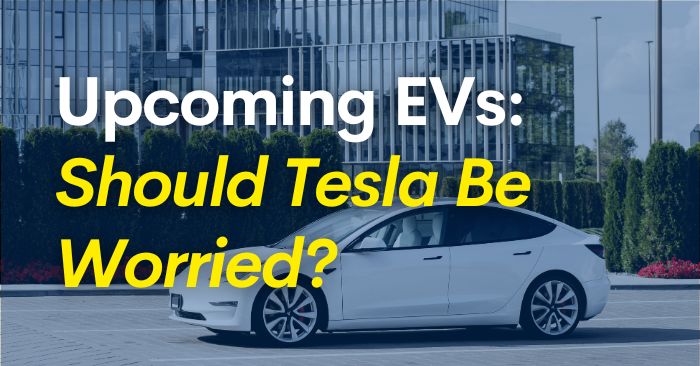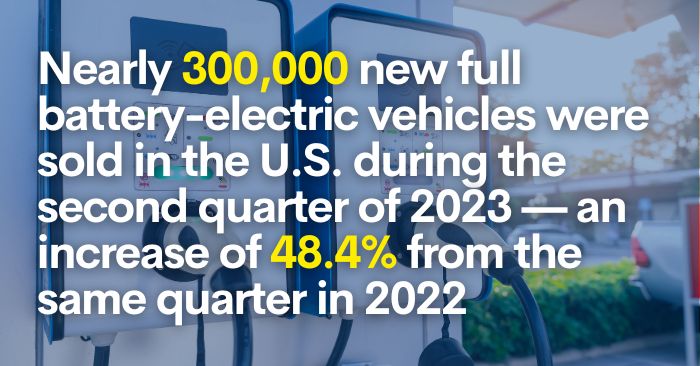Legally reviewed by: Jessica Anvar Stotz, JD, MBA
Owners of Ford F-150 pickups equipped with the Trailer Tow Max Duty package are being urged to reach out to their dealership to verify if their vehicle is affected by a newly discovered safety defect.
Ford is now recalling over 100,000 F-150 trucks due to a rear axle issue that could potentially disrupt power transfer to the rear wheels, leading to unexpected movement even when the truck is parked.
The issue arises when the rear axle hub bolt loosens, which may be indicated by a clicking noise, as per documents submitted to the National Highway Traffic Safety Administration (NHTSA). If the bolt fractures, a rattling noise might be heard. As of December 2, 2023, a total of 376 warranty reports have been filed concerning this issue.
Snapshot of Ford F-150 Axle Recall
| Affected Vehicles | Ford F-150 (2021-2023 model years) |
| Issue | Rear axle hub bolt loosening |
| Symptoms | Clicking or rattling sounds |
| Warranty Reports Filed | 376 (as of December 2, 2023) |
| Recall Status | No fix available yet, interim repair possible |
| NHTSA Campaign Number | 23V896 |
| Ford’s Recall Number | 23S65 |
| Ford Contact Phone Number | 866-436-7332 |
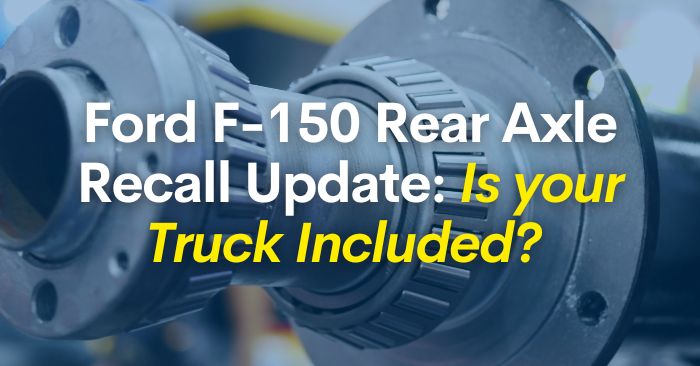
Ford Recalls over 100,000 F-150 Vehicles over Rear Axle Bolt Issue
In correspondence submitted to federal safety regulators, Ford Motor Company has indicated that F-150 vehicles equipped with the special tow package and a 9.75-inch heavy-duty axle featuring a three-quarters float axle design could potentially be impacted by the F-150 axle recall. The breakdown of the affected vehicles, according to model year, is as follows:
- 54,509 vehicles from the 2021 model year
- 47,886 vehicles from the 2022 model year
- 10,570 vehicles from the 2023 model year
Owners of these vehicles are strongly encouraged to contact their dealership to confirm whether their vehicle is included in this recall. Ensuring the safety and performance of your vehicle is of utmost importance, so please do not delay in taking this important step.
The Cause of the F-150 Rear Axle Bolt Defect
According to the safety documents released by the Ford Critical Concern Review Group, it was noted that “once the rear axle bolt fractures, a phenomenon known as spline fretting can gradually develop due to micro-movements between the hub splines and the axle splines, with corrosion being a significant contributing factor.”
Spline fretting is a progressive issue that develops over time due to corrosion, hence the initial reports were solely focused on the bolt breakage, as stated by Ford.
As of December 2, Ford had received 376 warranty reports concerning rear axle bolt breakage and stripped hub splines, which resulted in loss of motive power and/or loss of park. These reports were received from January 8, 2022, through November 27, 2023. On December 15, the concern was reviewed by Ford’s Field Review Committee, which subsequently approved a field action.
Ford F150 Axle Recall Fix
There is no fix at this time. Ford has informed regulators that a remedy is in the process of being developed. In the interim, owners are advised to contact their dealers for a temporary repair, as stated in Ford’s safety filing.
If owners notice symptoms associated with rear axle bolt breakage, such as a clicking or rattling noise, they are instructed to take their vehicle to a dealer for this interim repair. Ford has planned to notify owners by letter starting in late January 2024.
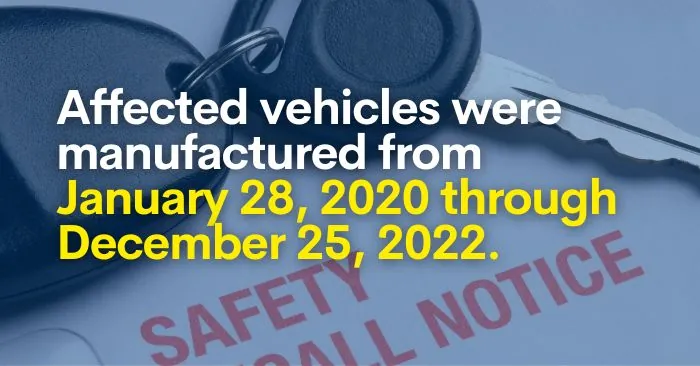
Arranging Recall Repair Service for your Ford F-150 Pickup
To get more information or to schedule a recall repair service, you can reach out to Ford directly at 866-436-7332. The recall is officially recognized under the NHTSA campaign number 23V896, and Ford’s internal reference for this recall is 23S65.
To verify if your vehicle is subject to any open recalls, you can visit the NHTSA’s website. By entering your car’s 17-digit vehicle identification number (VIN) into the provided field on the NHTSA’s website, you can check if there are any active recalls for your vehicle.
If no recall appears, it indicates that your vehicle is not currently subject to one. However, given that automakers frequently issue recalls, and that these can affect many older vehicles, it is recommended to check back on a regular basis.
Dealing with an F-150 Rear Axle Bolt Issue? The Ford Lemon Law Experts Can Help!
In 2023, Ford had the most recalls and the second greatest number of vehicles recalled behind Honda. Among these, six recalls were issued specifically for the 2023 Ford F-150 model.
While recalls are a common part of the automotive industry, used to address safety issues or defects, the sheer volume of recalls from Ford raises questions. It suggests that there might be underlying problems in the design, manufacturing, or quality assurance stages.
Modern vehicles often have computer systems that are increasingly interconnected so when one component fails, it can affect other systems and parts of the vehicle.
The fact that modern vehicles are complex machines with interconnected systems does not absolve manufacturers of their responsibility to deliver safe and reliable products. Luckily, however, there are legal solutions in place if you purchase or lease a vehicle that is defective due to manufacturing errors.
The Lemon Law is a consumer protection measure designed to safeguard consumers against vehicles that fail to meet certain quality standards. If your vehicle is deemed a “lemon,” you may be entitled to a refund, replacement, or cash compensation. If you are dealing with issues related to your vehicle and are unsure of your next steps, the Lemon Law Experts can help you seek lemon law resolution.
At the Lemon Law Experts, we firmly believe that no one should have to endure persistent vehicle problems without recourse. Our team is committed to ensuring you receive the assistance and compensation you need as swiftly as possible. For a free, no-obligation case analysis, contact our team today.


